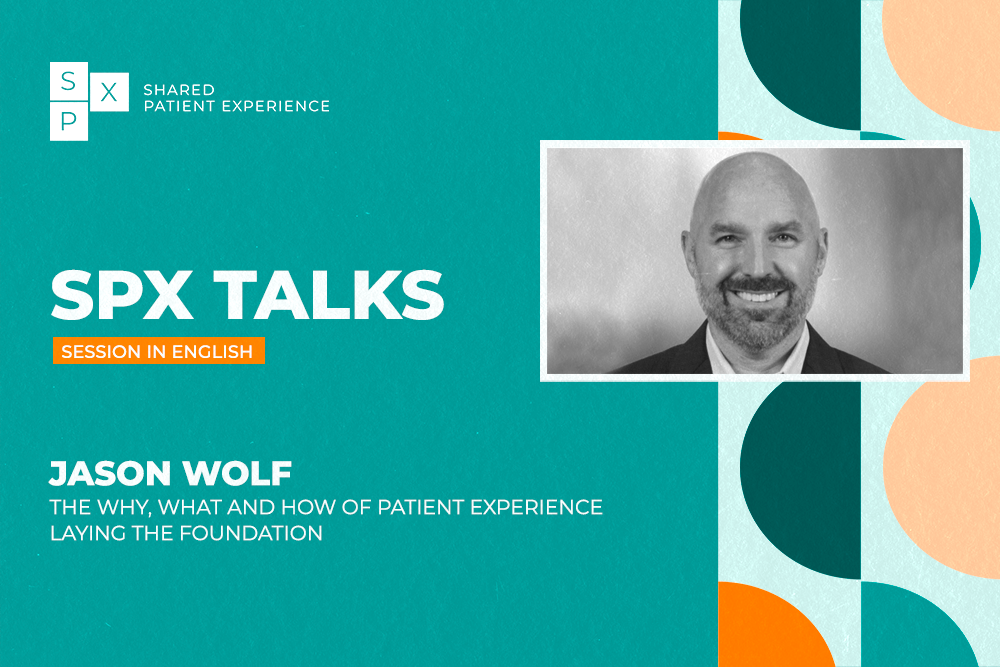
Patients and Their Families Weigh in on Evidence-Based Hospital Design
The concept of evidence-based design (EBD) is in the process of becoming a key principle in the design of new healthcare facilities or units: as such, it is imperative to take into account the perspectives and expectations of patients their families to design hospital facilities, in particular the physical environment. The article demonstrates that patients and their family members have a role to play in terms of defining the physical environment of a service; indeed, the spatial design and the equipment found in a health facility have an impact on quality of care, patient safety and satisfaction and staff satisfaction as well as clinical results.
Background:
A research area from the Institute of Medicine at the Cleveland Clinic examined the role of the physical environment on the hospital experience for patients and their families.
Method:
This qualitative research study examined the perspectives and satisfaction of patients and their families, before and after their transfer from an old heart centre to a new one, designed using EBD features.
The sample consists of 103 patients and their families who were in the old unit and had been transferred to the new unit. Data were collected between 2008 and 2009.
Results:
Overall, analysis of the data revealed an improvement in patient satisfaction when the old and new units were compared.
An extract from what patients and their families appreciated in the new environment, designed according to the EBD methodology:
- Having a single room, guaranteeing them greater privacy, but also more independence (temperature adjustment, television, etc.), as well as more comfort (quieter, less clutter, enables more family visitation). In addition, since the single room is provided with a private bathroom, the results show that this reduces the stress of the patients, and gives them a greater feeling of security, in particular through motion-sensitive lighting, easier to manoeuvre in the shower, etc.
- Families appreciated having a space and furniture to rest or sleep
- In terms of the overall atmosphere, patients found the new facility more welcoming, more comfortable, with more light (due to the large windows); this resulted in a marked decrease in the anxiety felt during their hospitalisation.
An extract from what patients and their families did not appreciate in the new facility:
- Light controls: not all light controls were accessible from the bed, and light switches were unlabelled, causing some concern for patients.
- Other: Television controls were difficult to use; the clock with no numbers on the face was difficult to read; the rooms were quiet, but hallway noise was heard in the rooms; visitors felt that the signage in the new facility was unclear, and that navigating the facility to visit patients involved too much walking.
Limits:
The authors do not indicate possible biases linked to their study; however, it can be pointed out that the authors do not report patient data concerning the old facility.
Conclusion:
The patient is the best judge to define what their expectations are in the context of their hospitalisation, and in particular with regard to the accommodation component. Health facility managers, as well as medical and healthcare teams, should be aware that the patient’s physical environment influences the delivery of care. It is also about creating the physical framework needed to maximise safety, satisfaction and quality of patient care. Some details may seem anecdotal, such as the size of the windows mentioned above, but taken together, these details have a real influence on the patient’s experience of their stay.
Source: Trochelman, Kathleen & Albert, Nancy & Spence, Jacqueline & Murray, Terri & Slifcak, Ellen. (2012). Patients and Their Families Weigh in on Evidence-Based Hospital Design. Critical care nurse. 32. e1-e10. 10.4037/ccn2012785.
The opinion of the Editorial Board of SPX Virtual Contents:
“The article is of interest as it highlights the importance of patients’ experiences when planning facilities, in terms of architecture, design, etc. This is essential in terms of their safety but also for their well-being when they are in the hospital. Few articles deal with PX and EBD, so we believe it is worth sharing.”



